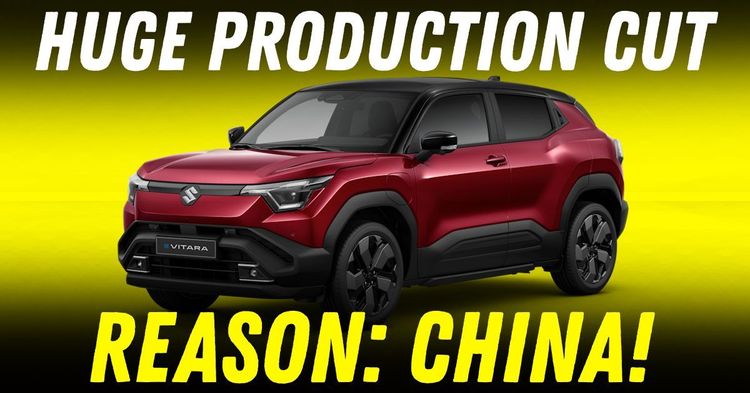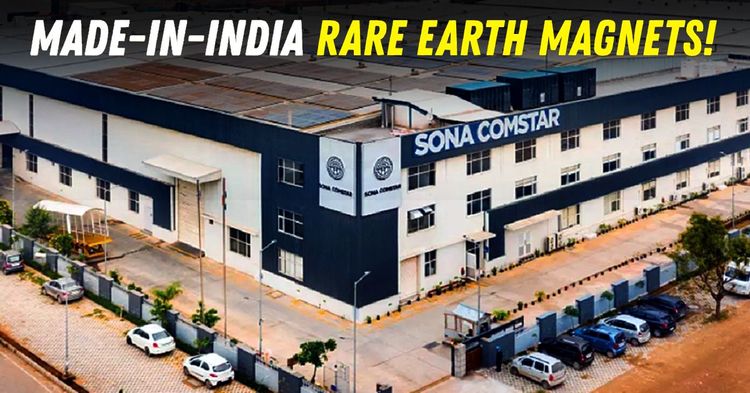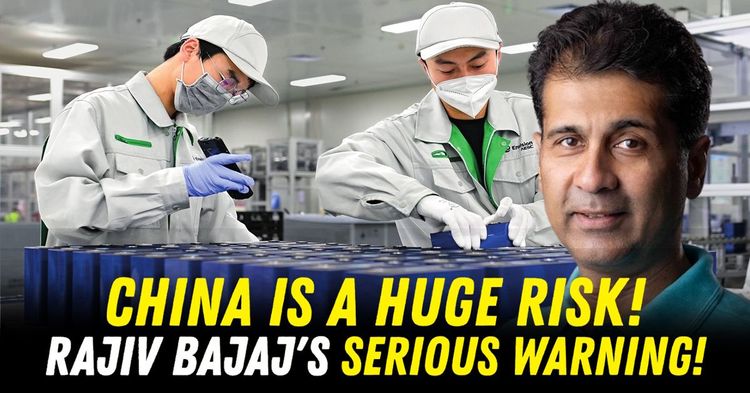China Lifts Rare Earth Magnet Curbs On India As Relations Thaw: Why It's a Big Deal



China has removed export restrictions on rare earth minerals (magnets) to India, a move that follows direct discussions between External Affairs Minister S Jaishankar and his Chinese counterpart Wang Yi.
The curbs, imposed in April 2025, had targeted rare earth magnets, fertilisers, and tunnel boring machinery. Given that China accounts for close to 90 per cent of global rare earth processing, the impact on Indian manufacturers was immediate.
Importers faced long delays, with licence approvals stretching to 45 days or more. Over 35 Indian firms had shipments stuck due to end-use verification requirements. This backlog slowed supplies for multiple industries, raising costs and forcing companies to cut production forecasts.

The electric vehicle sector was among the most exposed. India requires about 870 tonnes of rare earth magnets annually for automotive use, out of a national requirement of 3,600 tonnes. Permanent magnet motors, e-axles, sensors, and ignition systems all rely on these imports.
Maruti Suzuki had scaled down its e-Vitara EV production plan by as much as 20 per cent for 2025 due to uncertainty around magnet supply. Bajaj Auto had warned that it could be forced to cut monthly scooter output by nearly 10,000 units if approvals did not come through by July. Tata Motors and Mahindra also reported procurement bottlenecks that risked delaying upcoming launches.
For the wider industry, disruptions threatened billions in planned EV investments. India’s EV market, pegged at $2 billion in 2023, was projected to more than triple by 2025. Even a quarter-by-quarter slowdown in production risked undermining this growth and delaying factory expansion schedules. With the curbs lifted, automakers can now restore volume targets and rebuild supply buffers.

The episode highlighted India’s structural weakness: while it holds the world’s fifth-largest rare earth reserves at 6.9 million tonnes, domestic processing capacity is negligible. This gap leaves the industry exposed to sudden supply shocks.
In response, the government has launched a ₹5,000 crore incentive programme to support mining and processing, alongside a ₹1,500 crore recycling scheme to extract minerals such as neodymium and dysprosium from industrial scrap. The Ministry of Heavy Industries is also finalising a ₹1,345 crore subsidy plan to boost magnet manufacturing.
If implemented effectively, these measures could reduce import dependence by 25 to 30 per cent over the next five years. But India still lacks processing technology for heavy rare earths, which remain crucial for EV and electronics applications.

For now, the lifting of restrictions brings relief as the festive season approaches, when vehicle sales typically peak. Manufacturers can plan production runs without the fear of sudden component shortages. However, the larger challenge remains unchanged.
India’s EV ambitions rest on a secure supply of critical minerals. Without rapid progress in local processing and diversified import partnerships with countries such as Australia and Zambia, the risks will resurface. The recent crisis shows that mineral access is no longer just an industrial issue but a matter of economic security.
The rare earth dispute has therefore become a turning point: immediate supply is restored, but the long-term push for resilience is imperative.